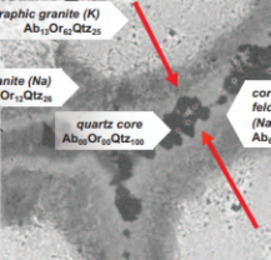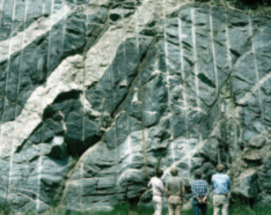Granitic Pegmatites as Reflections of Their Sources
Pegmatites accentuate the trace element signatures of their granitic sources. Through that signature, the origin of pegmatites can commonly be ascribed to granites whose own source characteristics are known and distinctive. Interactions with host rocks that might modify the composition of pegmatites are limited by the rapid cooling and low heat content of pegmatite-forming magmas. The trace element signatures of most pegmatites clearly align with those of S-type (sedimentary source, mostly postcollisional tectonic environment) and A-type (anorogenic environment, lower continental crust ± mantle source) granites. Pegmatites are not commonly associated with I-type (igneous source) granites. The distinction between granites that spawn pegmatites and those that do not appears to depend on the presence or absence, respectively, of fluxing components, such as B, P, and F, in addition to H2O, at the source.
Granitic Pegmatites as Reflections of Their Sources Read More »




